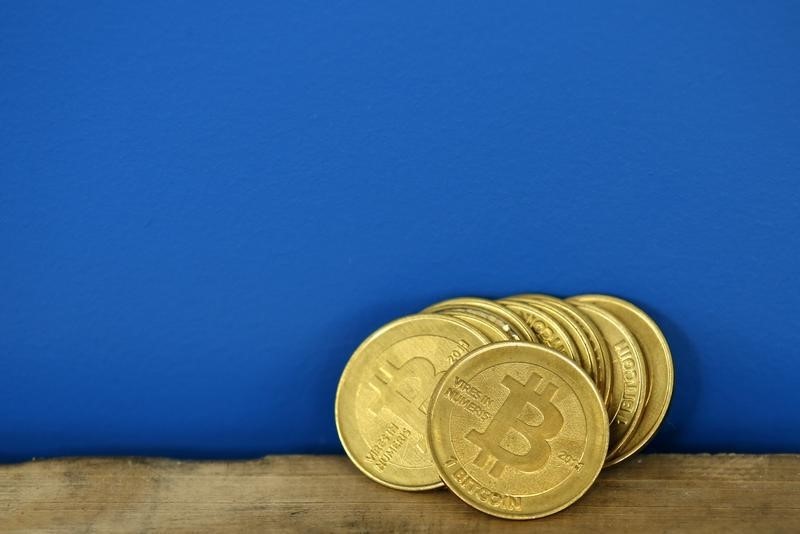Bitcoin exchange-traded funds (ETFs) continued to witness a steady influx of investments last week, with the net inflow (excluding GBTC) reaching $1.6 billion over three weeks of ETF trading.
There have been nine new Bitcoin ETFs that collectively attracted $6.6 billion in investments, among which IBIT and FBTC have individually garnered over $3 billion and $2.6 billion, respectively, Bernstein analysts highlighted in a note on Monday.
Looking ahead, the investment firm believes this will be the year when Bitcoin (BTC) will reach a new all-time high, exceeding the $69,000 peak reached in November 2021. Specifically, analysts estimate that the flagship cryptocurrency is in the $70,000 range by the end of 2024, implying around 65% upside from current levels.
This bullish view is based on 5 potential catalysts.
1) Bernstein expects the effects of ETFs to continue playing a pivotal role in Bitcoin’s price action. Over the past week, these funds experienced a net inflow of approximately 19,000 Bitcoin, which is threefold the amount Bitcoin miners earned and presumably sold during the same period.
“In a commodity with a known finite supply curve, any incremental buying demand at this scale will become material to price,” analysts said in the note.
“ETFs are still 3.5% of total supply, and more than 12% of Bitcoin still sits on exchanges, but it is the net incremental demand that counts given the sell pressure is easier to model.”
2) The adoption of ETFs by national financial advisor networks is growing, according to reports from top ETF providers.
Last week, discussions with Bitwise's CIO highlighted a rapid and significant interest from advisor networks in including Bitcoin allocations in client portfolios. The crypto index fund manager has witnessed inflows exceeding $600 million, positioning it closely behind leading ETFs like IBIT and FBTC.
3) Healthy Bitcoin miners. As highlighted by Bernstein, US-listed mining firms continue to expand their scale and show enhanced financial stability.
Contrary to previous halving cycles, miners are increasing their capacity ahead of the halving event and are maintaining substantial transaction revenues to counteract the reduction in Bitcoin rewards.
“We expect 15% of high-cost miners to cut production in the coming halving, but we expect the low-cost and competitive miners to gain relative share (RIOT and CLSK are our preferred picks),” the analysts wrote.
4) The launch of the layer 2 network, expected in Q4 2024, could be another potential catalyst for Bitcoin’s price this year.
This development will enhance the efficiency and reduce the cost of peer-to-peer (P2P) BTC transfers on-chain and the use of the crypto asset as collateral for lending and decentralized finance (DeFi) activities, compared to transactions on the main network.
“We also expect Layer 2s to continue to drive transaction revenues for the miners and economic activity from token mints and NFT ordinals to sustain, as the Bitcoin developer ecosystem grows,” analysts noted.
5) Finally, Bernstein cited a favorable macro landscape with the potential for rate declines in a US election year as the fifth factor.
“If the early election trends suggest a change of regime post elections and with potential changes in the current (crypto unfavorable) leadership at SEC, Bitcoin and broader crypto market could rally off those cues, and the rates could add further fuel to the rally,” the note said.
